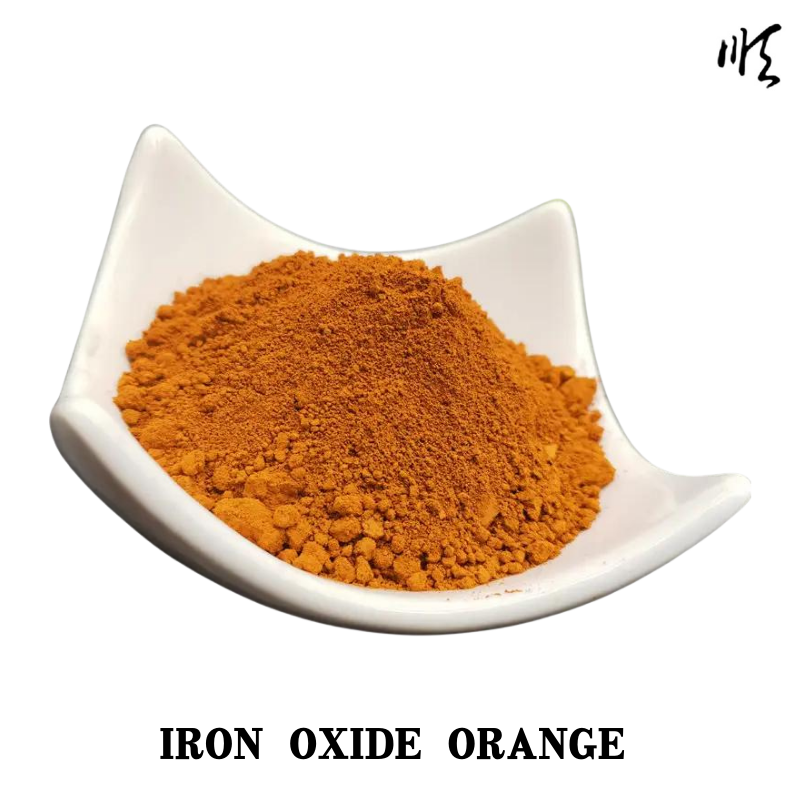
Acid Treatment Techniques for Enhanced Bleaching Performance of Clay Materials
The Role of Acid-Activated Bleaching Clay in Industry
Acid-activated bleaching clay, also known as bleaching earth or activated clay, is a vital industrial material used primarily for the purification and decolorization of edible oils and other liquids. This type of clay is derived from natural clays, notably those rich in montmorillonite, which are treated with acid to enhance their adsorptive properties and efficiency in removing impurities.
The Role of Acid-Activated Bleaching Clay in Industry
One of the primary applications of acid-activated bleaching clay is in the edible oils industry. Oils extracted from plants, such as soybeans, sunflowers, and palm, often possess undesirable color and odor that can affect consumer preferences. By employing bleaching clay during the refining process, manufacturers can achieve a lighter color and improve the overall quality of the oil. This not only meets consumer demands for more aesthetically appealing products but also enhances the oil's shelf life by reducing the presence of oxidizable materials.
acid activated bleaching clay

In addition to the food industry, acid-activated bleaching clay is also utilized in various non-food applications. For instance, it plays a significant role in the refining of waxes, biodiesel, and certain pharmaceuticals. The ability of activated clay to remove impurities without introducing toxic substances makes it an environmentally friendly alternative compared to traditional refining agents. This aspect is becoming increasingly important in industries that are striving for greener processes and sustainability.
Moreover, the versatility of acid-activated bleaching clay extends to different grades and formulations tailored for specific applications. Various factors, including the type of acid used in activation, the treatment duration, and the source of the natural clay, can lead to significant variations in performance. This adaptability allows producers to select the precise formulation that meets the unique requirements of their processes, whether they are focused on high decolorization efficiency, enhanced adsorption, or specific regulatory compliance.
Despite its numerous benefits, the use of acid-activated bleaching clay does come with some challenges. For example, the disposal of spent clay poses environmental concerns. Companies must ensure that they adhere to local regulations regarding waste management, as improper disposal can lead to soil and water contamination. As the industry evolves, there is a growing focus on recycling spent clay and utilizing it in other applications, thus contributing to a more circular economy.
In conclusion, acid-activated bleaching clay is an indispensable material in various industrial sectors, particularly in oil refining. Its ability to efficiently remove color and impurities makes it essential for producing high-quality products that meet consumer expectations. As industries continue to seek sustainable and efficient practices, the development and application of this versatile material will play a crucial role in shaping the future of manufacturing and refining processes.
Share
-
Premium Talcum Powder Enhanced with GPT-4 Turbo | Soft & Long-LastingNewsAug.02,2025
-
Fly Ash Solutions Enhanced by GPT-4 Turbo | Sustainable InnovationNewsAug.01,2025
-
Natural Premium Bentonite Cat Litter - Superior ClumpingNewsJul.31,2025
-
Premium Resin Coated Sand - High Heat Resistance CastingNewsJul.31,2025
-
High Quality Silicon Carbide Grit for Abrasive ApplicationsNewsJul.30,2025
-
High-Quality Ceramsite for Plants & Gardening | Lightweight PebblesNewsJul.29,2025






